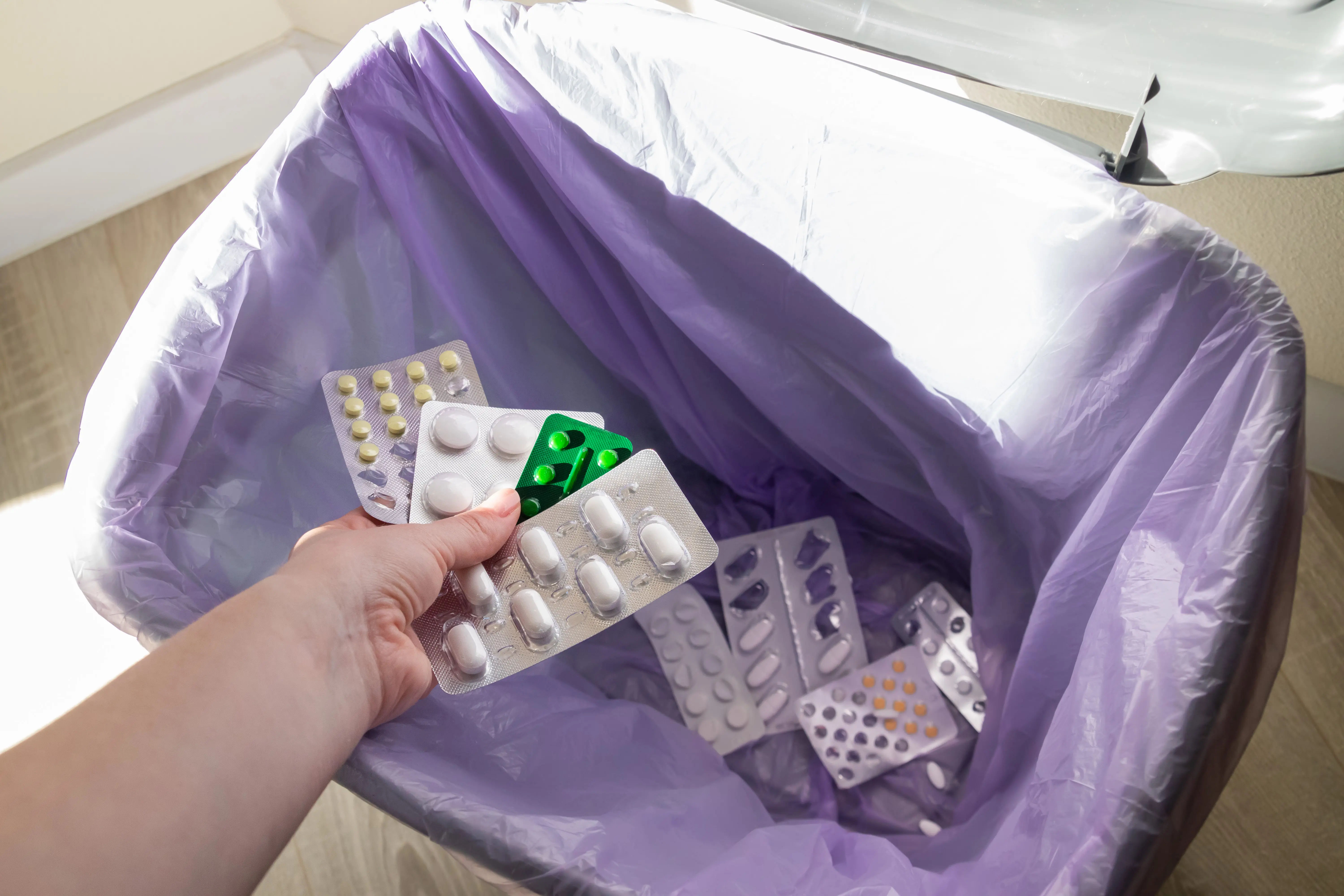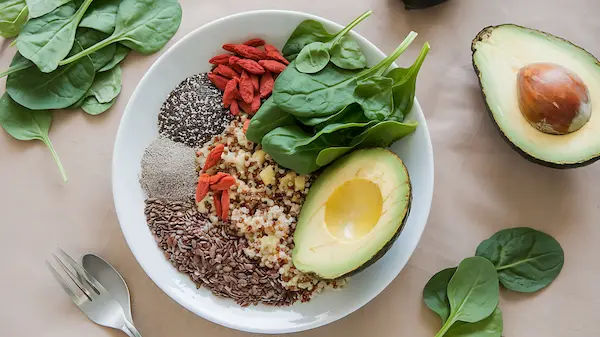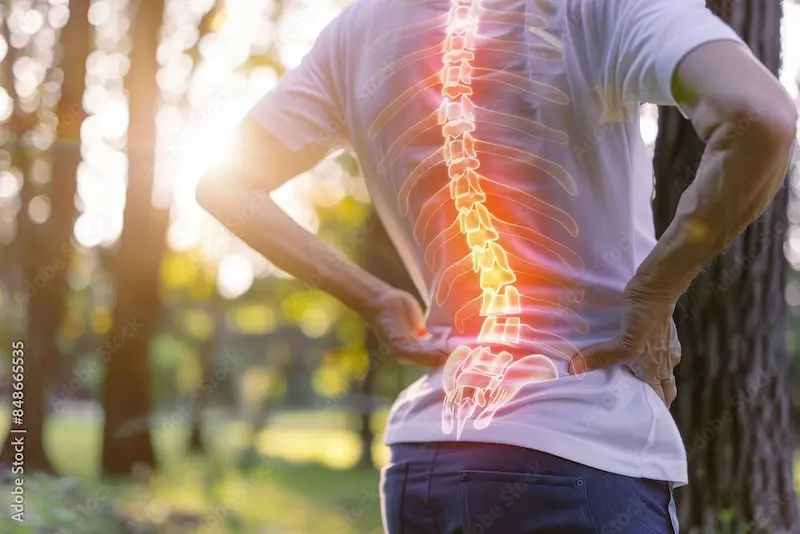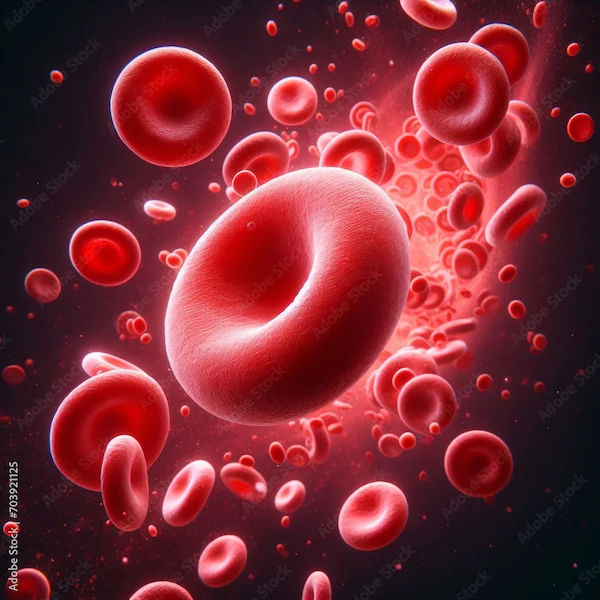Effective Home Remedies to Increase Hemoglobin and Fight Anemia
Learn proven anemia remedies and ways to increase hemoglobin naturally with food, habits, and safe tips. Understand when to see a doctor and what to avoid.

Written by Dr. Shaik Abdul Kalam
Reviewed by Dr. Vasanthasree Nair MBBS
Last updated on 18th Nov, 2025

Introduction
Feeling unusually tired, short of breath, dizzy, or looking paler than usual? Low hemoglobin could be the reason. Hemoglobin is the protein in red blood cells that carries oxygen to your body. When levels drop, you may develop anemia—one of the most common nutrition-related health issues worldwide. The good news: many simple, science-backed anemia remedies can help you increase hemoglobin naturally, especially when iron deficiency is the cause. This guide explains what works, what to avoid, and when to seek medical care.
Important note: Not all anemia is due to iron deficiency. Some types are caused by low vitamin B12 or folate, chronic disease, kidney problems, bleeding, or inherited conditions. Home strategies can support mild, diet-related anemia, but proper testing and medical guidance are key.
What Is Hemoglobin and How Does Anemia Happen?
Hemoglobin’s job: Carry oxygen from your lungs to the rest of your body.
Anemia: Happens when you don’t have enough healthy red blood cells or hemoglobin to meet your body’s needs.
Common causes:
- Iron deficiency (most common)
- Low vitamin B12 or folate
- Blood loss (heavy periods, digestive bleeding)
- Chronic diseases, kidney disease, infections, inflammation
- Inherited conditions (thalassemia, sickle cell disease)
- Typical symptoms: Fatigue, weakness, pale skin, shortness of breath, fast heartbeat, headaches, brittle nails, dizziness. Some people have no symptoms at first.
Before You Start: Get Checked If You Can
A simple blood test (complete blood count and iron studies) can confirm anemia and its cause. This helps you target the right fix. If testing isn’t immediately possible, nutrition-focused steps below are generally safe for most adults, but contact a clinician if symptoms are severe, persistent, or you’re pregnant, a child, older adult, or have other medical conditions.
Proven Anemia Remedies to Increase Hemoglobin Naturally at Home
1) Eat iron-rich foods most days
Your body uses iron to make hemoglobin. There are two kinds:
- Heme iron (absorbs more easily)
- Sources: Lean red meat, poultry (especially dark meat), fish and shellfish (e.g., sardines, tuna, clams, oysters)
- Non-heme iron (plant-based; absorbs less easily)
- Sources: Lentils, beans (black, kidney, pinto), chickpeas, tofu, edamame, nuts and seeds (pumpkin, sesame), quinoa, fortified cereals and oats, spinach and other leafy greens
Simple ways to add more iron:
- Chili with lean beef and kidney beans
- Tuna or sardine salad on whole-grain toast
- Lentil soup with spinach
- Tofu stir-fry with broccoli and peppers
- Fortified breakfast cereal with berries
2) Boost iron absorption with vitamin C
Vitamin C helps your gut absorb more non-heme iron.
Pairings that work:
- Beans + tomatoes or bell peppers
- Spinach salad + strawberries or oranges
- Oatmeal + kiwi or citrus
- Tofu + broccoli and lemon
- Snack ideas: Citrus fruits, berries, kiwi, mango, papaya
- Tip: Squeeze lemon on greens and legumes.
3) Avoid common “iron blockers” around iron-rich meals
Some foods and drinks reduce iron absorption when eaten at the same time:
- Tea and coffee (due to tannins)
- Calcium-rich foods and supplements (milk, cheese, yogurt, calcium tablets)
- Some antacids and acid-reducing medications can also interfere
What to do:
- Enjoy tea/coffee at least 1–2 hours before or after iron-rich meals.
- Take calcium and iron at different times of the day.
- If you use antacids or acid reducers regularly, ask your clinician how to time iron intake.
4) Try cooking in cast-iron cookware
Cooking acidic, moist foods (like tomato sauces or stews) in cast-iron pans can transfer a small amount of iron into food, which may help over time. It’s not a cure, but it’s a simple, low-cost helper.
5) Don’t forget folate (vitamin B9)
- Folate is essential for making healthy red blood cells. Low folate can cause anemia.
- Folate-rich foods: Dark leafy greens (spinach, kale), asparagus, Brussels sprouts, avocado, legumes (lentils, black-eyed peas), oranges, peanuts, fortified grains
- Tip: Lightly steam greens and veggies to preserve folate.
6) Ensure adequate vitamin B12
- B12 deficiency can cause anemia and nerve problems.
- B12 sources: Fish, poultry, eggs, dairy, fortified plant milks and cereals
- People at higher risk: Vegans, adults over 50, people with absorption issues (e.g., after certain stomach/intestinal surgeries), and some with autoimmune conditions
If you avoid animal products, include fortified foods regularly and discuss B12 supplements with a clinician.
7) Supportive nutrients: vitamin A and copper
- Vitamin A helps mobilize iron from stores: Sweet potatoes, carrots, winter squash, spinach, mango
- Copper helps your body use iron: Nuts (cashews), seeds, whole grains, beans, shellfish, organ meats
- Most people can meet these needs with a varied diet.
8) Build an “iron-smart” plate (one-day sample)
- Breakfast: Fortified oatmeal topped with strawberries and pumpkin seeds; a glass of fortified orange juice
- Lunch: Lentil and spinach soup with lemon; whole-grain pita; side of bell pepper slices
- Snack: Yogurt or fortified plant yogurt (take calcium-rich foods at a different time from iron-rich meals if you’re focusing on absorption)
- Dinner: Chicken thigh or tofu stir-fry with broccoli, snow peas, and cashews over quinoa; squeeze of lime
- Dessert: Orange or kiwi
9) Energy and exercise
Gentle activity can improve energy and circulation, but if you feel dizzy or short of breath, rest and seek guidance. Once hemoglobin improves, gradually return to your usual routine.
10) Hydration and sleep
Drink enough fluids and aim for consistent sleep. Your body makes red blood cells continuously—rest supports that process.
Consult Top Specialists
When Supplements Are Needed—Use Them Safely?
- Food-first strategies are essential, but many people with iron deficiency anemia need iron supplements to restore levels.
- Don’t self-dose high amounts. Too much iron can be harmful, especially for children.
- Common forms: Ferrous sulfate, ferrous gluconate, ferrous fumarate
Tips for better tolerance and absorption:
- Take as directed by your clinician.
- Vitamin C (e.g., a small glass of orange juice) can improve absorption.
- If a pill upsets your stomach, ask about a different form, lower dose, or timing.
- Keep iron out of children’s reach—iron overdose can be dangerous.
- If your anemia is due to B12 or folate deficiency, you’ll need the correct vitamin, not iron.
When to Seek Medical Care? (Don’t Wait on Home Care Alone If…)
- You have severe fatigue, chest pain, shortness of breath at rest, fainting, fast or irregular heartbeat
- You notice blood in stool, black/tarry stools, or heavy menstrual bleeding
- You have neurological symptoms (numbness, tingling, balance issues) that could suggest B12 deficiency
- You are pregnant, a child, older adult, or have chronic disease (kidney, heart, inflammatory conditions)
- Home steps don’t improve symptoms within a few weeks, or you’re unsure about the cause
Common Myths vs. Facts
- “Beetroot cures anemia.” Beetroot is nutritious but not high in iron. It does not cure anemia on its own.
- “Jaggery or molasses alone can fix iron deficiency.” They may contain some iron, but they are sugary and not a reliable or sufficient treatment.
- “Spinach is the best iron source.” Spinach has iron but also compounds that reduce absorption.
- Pair it with vitamin C for better results.
- “Tea with meals is fine if I eat iron-rich foods.” Tea and coffee can significantly reduce iron absorption. Time them away from meals.
Simple Shopping List for an Iron-Forward Kitchen
- Proteins: Lean beef, chicken thighs, canned tuna/sardines, tofu, edamame, lentils, black beans, chickpeas
- Grains: Iron-fortified cereals and oats, quinoa, whole-grain bread
- Produce: Spinach, kale, broccoli, bell peppers, tomatoes, citrus fruits, strawberries, kiwi
- Extras: Pumpkin and sesame seeds, cashews, lemon/lime, cast-iron skillet
Consult Top Specialists
Consult Top Specialists

Ms. Sreeparna Dey Dhara Deb
Dietician
10 Years • DNHE
Bansdroni
Siddhita Healthcare., Bansdroni

Ms Suchanda Guha
Dietician
10 Years • M.Sc (Applied Nutrition), B.Sc (Food & Nutrition), Diploma (Yogic Nutrition)
Kolkata
NutriKutir, Kolkata

Ms. Malabika Datta
Dietician
17 Years • Msc. in Dietetics & Food Service Management
Kolkata
Dr Utsa Basu Clinic, Kolkata
(25+ Patients)

Ms. Soma Saha
clinical nutrition
17 Years • B.Sc. - Home Science (Food & Nutrition), M.Sc. - Home Science (Food & Nutrition)
Kolkata
Dr Utsa Basu Clinic, Kolkata
(50+ Patients)

Ms. Samapti Maity
Dietician
16 Years • MSc. (Clinical Nutrition & Dietitics), NDEP, Course in Maternal Infant Young Child Nutrition.Diploma in Sports Nutrition, Diploma in Diabetic educator, FODMAP Specialist
Kolkata
BIENETRE CLINIC, Kolkata
Consult Top Specialists

Ms. Sreeparna Dey Dhara Deb
Dietician
10 Years • DNHE
Bansdroni
Siddhita Healthcare., Bansdroni

Ms Suchanda Guha
Dietician
10 Years • M.Sc (Applied Nutrition), B.Sc (Food & Nutrition), Diploma (Yogic Nutrition)
Kolkata
NutriKutir, Kolkata

Ms. Malabika Datta
Dietician
17 Years • Msc. in Dietetics & Food Service Management
Kolkata
Dr Utsa Basu Clinic, Kolkata
(25+ Patients)

Ms. Soma Saha
clinical nutrition
17 Years • B.Sc. - Home Science (Food & Nutrition), M.Sc. - Home Science (Food & Nutrition)
Kolkata
Dr Utsa Basu Clinic, Kolkata
(50+ Patients)

Ms. Samapti Maity
Dietician
16 Years • MSc. (Clinical Nutrition & Dietitics), NDEP, Course in Maternal Infant Young Child Nutrition.Diploma in Sports Nutrition, Diploma in Diabetic educator, FODMAP Specialist
Kolkata
BIENETRE CLINIC, Kolkata
More articles from General Medical Consultation
Frequently Asked Questions
What are the most effective anemia remedies at home?
Focus on iron-rich foods (meat, fish, legumes, fortified grains), pair them with vitamin C, limit tea/coffee around meals, and include folate and B12. For many people, these steps help increase hemoglobin naturally. If anemia is confirmed, your clinician may also recommend iron supplements.
How long does it take to raise hemoglobin?
With the right diet and, if prescribed, iron supplements, many people start to feel better within a few weeks. Restoring iron stores fully can take several months. Keep going as advised by your clinician to prevent relapse.
Which foods increase hemoglobin naturally the fastest?
Heme-iron foods (lean red meat, poultry, fish, shellfish) are absorbed best. Plant options like lentils, beans, tofu, and fortified cereals also help—especially when paired with vitamin C foods like citrus, berries, and peppers.
Can I take iron tablets without a test?
It’s best to get tested first. Not all anemia is from iron deficiency, and too much iron can be harmful. A clinician can confirm the cause and recommend the right type and dose of supplement.
Do coffee and tea really lower iron absorption?
Yes. Tea and coffee contain compounds that block iron absorption, especially non-heme iron from plants. Try to drink them at least 1–2 hours before or after iron-rich meals.




